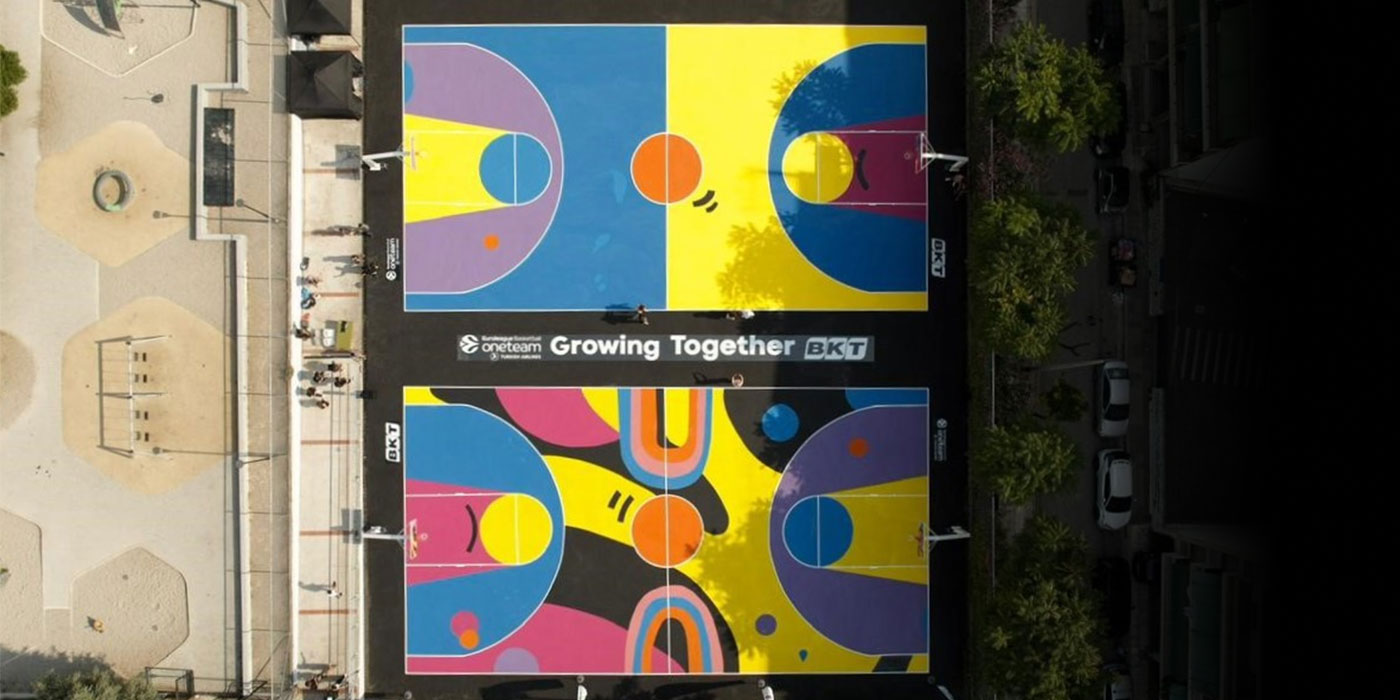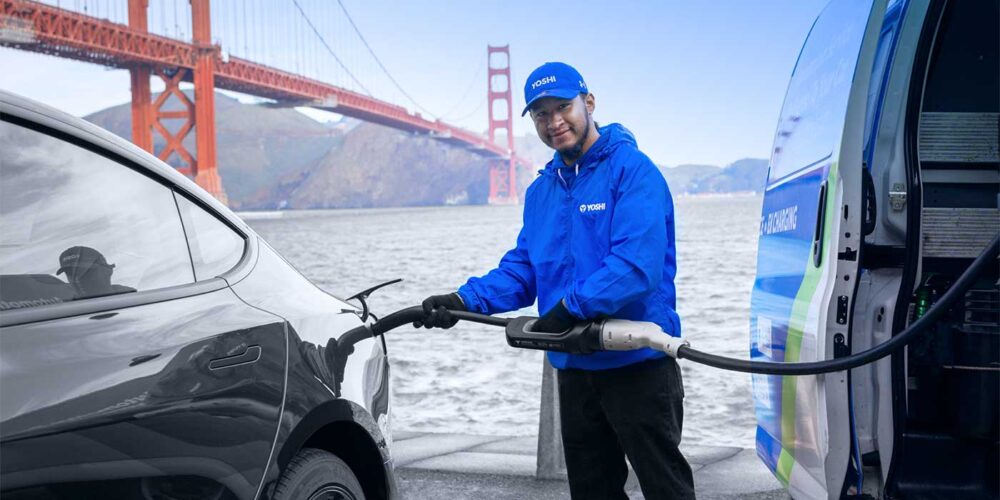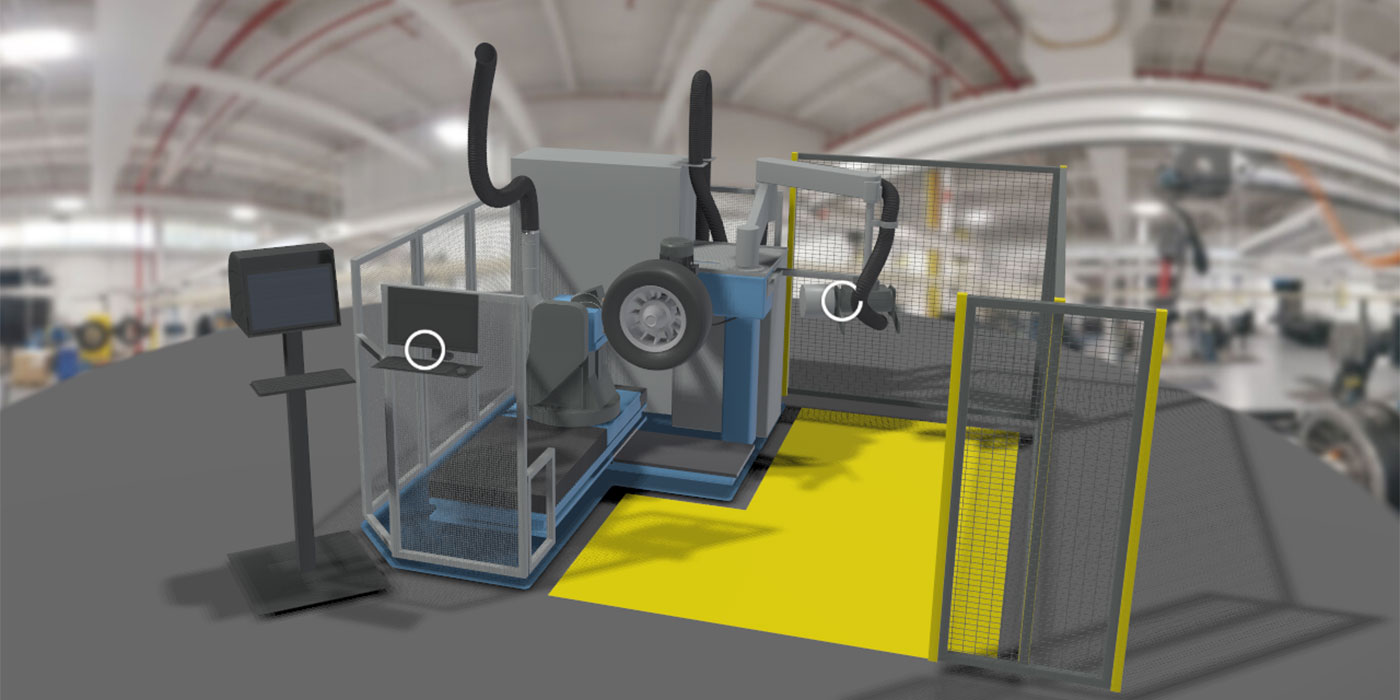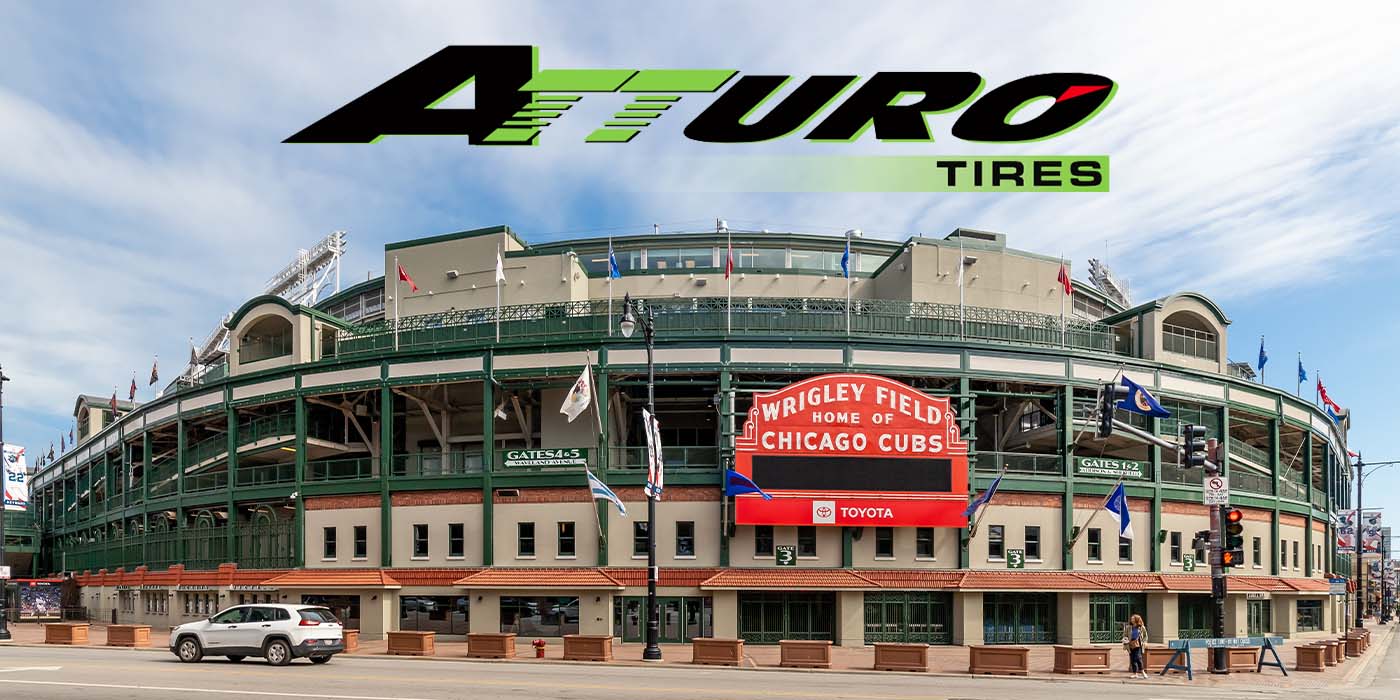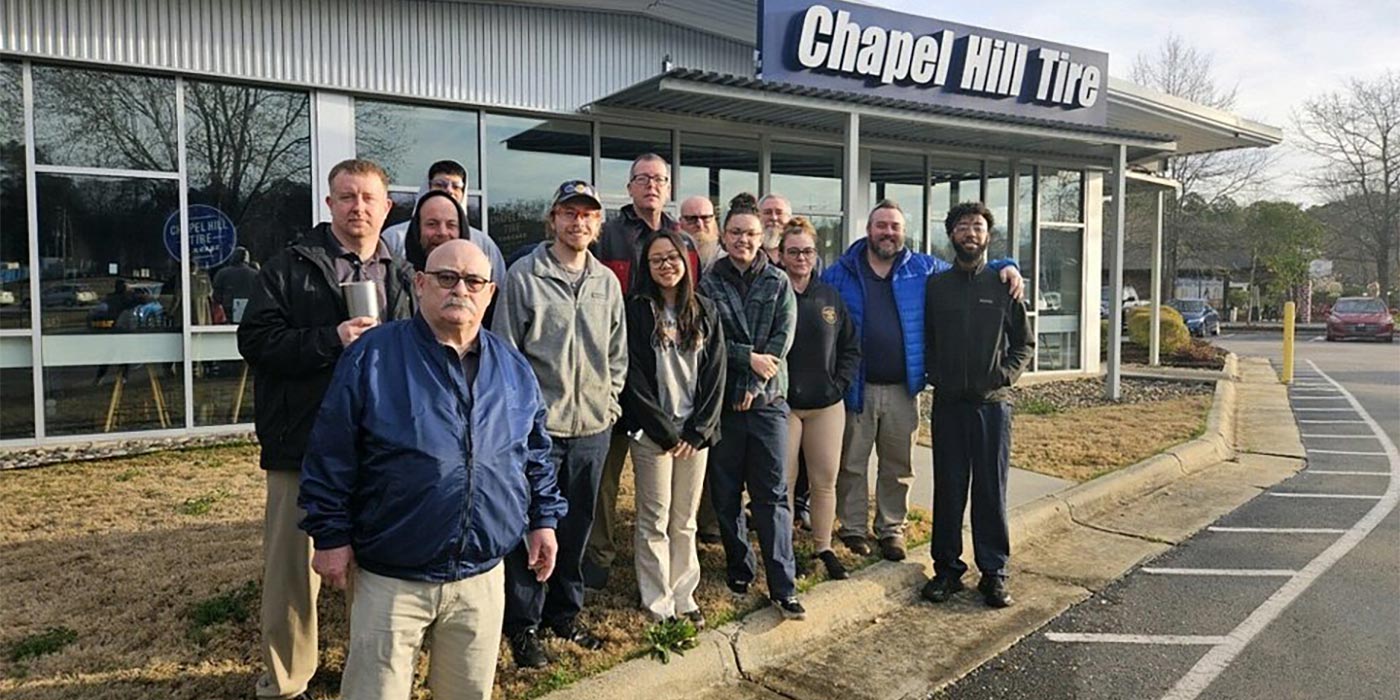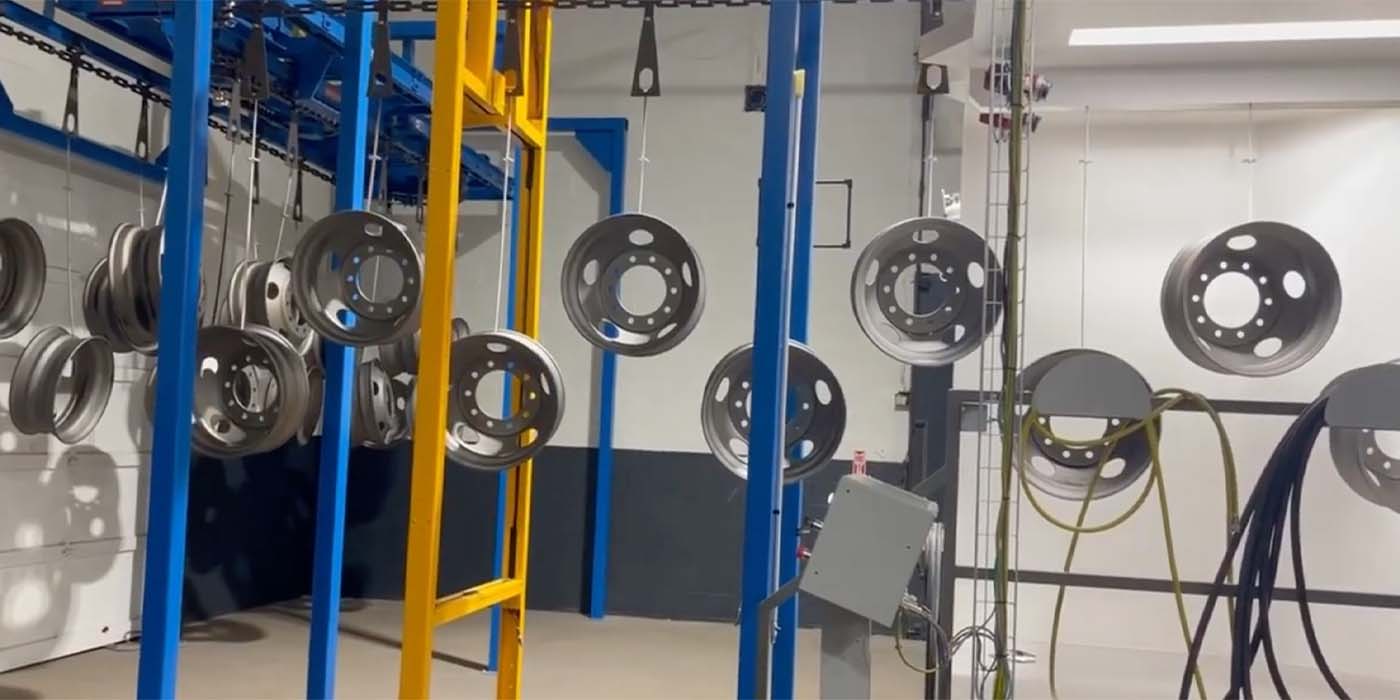This is particularly the case amongst the world’s leading tyre manufacturers, who each have their own brand of high-level tyre technology to offer, but are very much at odds about the benefits and theoretical pay-offs their tyres exhibit. In July’s Tyres & Accessories we examined Michelin’s argument that it’s all a question of technology. Or to put it another way, there needn’t be a pay-off between strong wet braking performance and low rolling resistance characteristics if your research and development department is sufficiently advanced. Until recently this concept had been taken as read, but Michelin’s various generations of Energy saver tyres claim to have out-teched this dichotomy.
Last month there was something of a disagreement between Michelin and Bridgestone with regard to the energy saving properties of their tyres. The “discussion” followed tyre test results in the French press, which found that there was “no significant difference” between fuel consumption results on the two manufacturer’s truck and bus tyres.
This month Tyres & Accessories reports from the ContinentalSafetyExperience – a showcase of Conti’s latest technology including the chance to see the company’s response to the pay-off question in action. Continental was demonstrating its technologies as part of a ContiSafetyExperience event, which the company held at the OAMTC (Austrian AA equivalent) centre in Teesdorf, Austria. ITS had its first outing as part of the Continental Truck Tyre Roadshow exhibit that visited the CV Show earlier this year.
Continental’s global head of passenger car tyre development Dr. Burkhard Wies has been particularly vocal in his criticism of suggestions that there is no pay-off between lower rolling resistance and poorer wet braking performance. This started when Dr. Wies flagged up the perceived dangers of making European legislation enforce certain levels of rolling resistance performance without tying it to wet-braking.
Put simply, the Continental position is: tuning one aspect will come at the expense of the other to some extent. And while Continental claims that its tyres perform very well in terms of rolling resistance (and therefore fuel consumption) compared against the wider market, the tyremaker’s policy is resolutely against making any kind of compromise when it comes to safety and specifically wet braking.
In order to demonstrate what Continental sees as the real-life effects of this pay-off, T&A was given access to four identical Mercedes E-Classes, each shod with a different set of tyres. One had brand new Continental tyres, one Conti treads worn down to 3mm, and next was Contis with 1.6mm of tread. All these were then compared with a brand new set of Michelin rolling resistance optimised tyres. The task was simple – drive up to 80km/h then brake as hard as possible on the wet surface. Sophisticated satnav technology measured the stopping distance.
The results show a clear difference in stopping performance. The new Continental stopped in roughly 42 metres; the 3mm Conti’s, 52 metres; and the 1.6mm German tyres took 61 metres to come to a standstill. The brand new Michelin tyre, on the other hand, took about 51 metres to come to halt. To summarise, the stopping distance recorded by the brand new Michelin tyres was roughly equal to the 3mm Continentals.
ITS – an Intelligent Tyre System
In addition to presenting its side of the rolling resistance/wet braking/tread depth argument Continental AG also demonstrated a new prototype cyber tyre technology, designed to demystify the tyre management process. The battery-less Intelligent Tyre System (ITS) fuses a range of existing TPMS functions with an RFID-like wireless communication facility that will enable the sensors in each tyre to communicate with a central processor inside the vehicle. The system’s tyre ID technology, coupled with a tyre age function is designed to advise motorists of their tyre’s suitability.
ITS had its first outing as part of the Continental Truck Tyre Roadshow exhibit that visited the CV Show earlier this year. According to Continental representatives, the sensors will be installed into truck tyres initially, with the first Continental-produced cyber tyres rolling off the production line around 2010.
Designed for both OE and the aftermarket, the ITS sensor is attached in a post cure process that could be undertaken by anyone with the skills needed to repair a tyre. The communication side of the technology comes by virtue of the use of a wireless system that Continental experts described as “RFID in functionality, but not in frequency.” Traditionally RFID had been a high frequency technology, which implies that the Conti system communicates using low frequencies.
In terms of cost, the new system is said to be completely comparable with rim-mounted direct pressure sensors, but has the advantage of offering more data opportunities.
In addition to the normal tyre pressure, temperature and load monitoring facilities. The prototype system Tyres & Accessories tested allows the identification of the tyre being driven. This could potentially allow the system to advise drivers of a mismatch of tyre fitments on one axle, or that winter tyres are recommended in a certain area at a certain time of year. The identification function even goes as far as highlighting the tyre’s speed rating, again enabling the system to advise the motorist if he exceeds the recommended speed limit.
Interestingly the tyre identification function also translates the tyre’s DOT code into a normal language, giving the tyre a “born on” date, potentially making the subject of tyre aging a lot more understandable to the consumer.
Delving a little deeper into the electronics side, a further extension of this principle involves networking the various electronically controlled parts of the car. There is a whole host of possibilities as to what this technology can do. A simple example is a lane departure alert. Extend the system further and allow separate cars to communicate with each other (and road infrastructure around them) and the system could warn of a broken down car around the next bend of a particularly slippery surface.
Linking up driver assistance systems not only enhances traffic safety, it also serves to make mobility more eco-friendly. Continental’s Traffic Light Assistant, for example, calculates the ideal speed to coast in traffic in order to catch green lights all the way. Hybrid technology, which likewise enjoys a high priority at Continental, includes energy recovery and automated start/stop operations, as well as engineering and manufacturing expertise in lithium-ion batteries. The company is about to start supplying these batteries especially for ‘bluetec’ models made by various auto manufacturers. (Tyres & Accessories/Staffordshire, U.K.)




